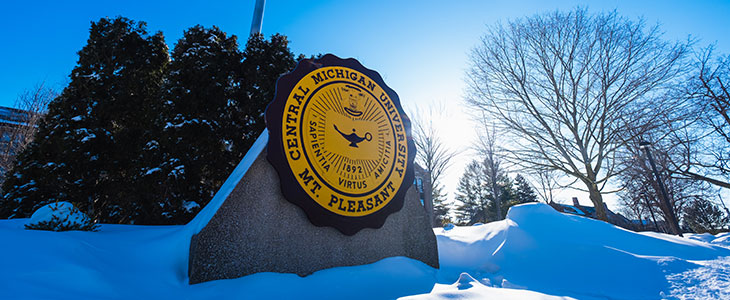Last spring, as COVID-19 first became a significant threat to health and safety of communities, local businesses responded with innovation. Microbreweries famous for craft beers turned their distilleries to the production of hand sanitizer, and manufacturers turned their assembly lines from automobile parts to ventilator production.
Crisis is a powerful spur for innovation and creativity. Although there have been many pointed articles questioning whether higher education can survive the current crisis it faces, we know the answer is yes, because we know how to innovate. We have only to look back on the history of our nation to see that colleges and universities have innovated and adapted to survive and thrive through countless crises – many of them arguably worse than what we are experiencing today.
Some American colleges and universities can trace their histories back more than 350 years, which means higher education has weathered the most stressful years in our nation’s history, including the Spanish flu pandemic, the Civil War, the Great Depression, two World Wars, the assassinations of beloved leaders and, more recently, the terrorist attacks of 9/11. And, with innovation and creativity, several positive outcomes came from those years of crisis: the first land-grant universities, the GI Bill, an influx of investment in research, expansion of financial aid, and growing opportunities for distance education.
Consider our own university’s history of managing crises and challenges.
We were founded as a normal school in 1892 because there was a critical shortage of teachers and leaders in the state of Michigan. We established an ROTC program in 1952 to educate and prepare needed military leaders. As demand for increased access to education and flexible options grew, CMU became a leader in distance learning. And when our region recognized a growing lack of health care providers, we expanded our health professions programs and opened the College of Medicine in 2012.
We have weathered challenges before. Without a doubt, we will survive this crisis, too.
If, however, the question is whether higher education will survive this pandemic unchanged, or, perhaps more importantly, if higher education will ever return to what it was pre-pandemic, the answer is a resounding no. And that is not necessarily a bad thing.
For years, there has been increasing student demand for greater flexibility in higher education, and that flexibility extends from when and where they attend classes to how they engage with instructors and classmates. The pandemic pushed us to invest in modalities of teaching and learning that increase our ability to be flexible and to meet students where they are – geographically and in their life’s journey. Emerging technologies such as HyFlex are here to stay, and that can a good thing for our students and for our mission.
Although changing demographics may mean there are fewer traditional first-year students entering colleges, that does not mean there must be fewer students to serve. The pandemic pushed many individuals out of jobs, and our university has an opportunity and responsibility to get them back into the workforce. They may need to apply, enroll and begin their classes quickly; they also may not need a four-year degree to obtain the knowledge and skills they need to advance or find a new career. Students who need CMU are out there, and we can find them and serve them well.
In the past year, we demonstrated our ability to offer more rapid acceptance decisions and made undergraduate admissions test-optional, removing one more hurdle for prospective students. We can expand our non-degree and lifelong learning options, such as certificate and micro-credential programs. We can partner with employers to provide workplace-based professional development and skills training.
Along with the COVID-19 crisis, we also are experiencing a crisis in social justice. The pandemic highlighted many deep disparities in systems including health care and education. Here, too, we have an opportunity to innovate. We can set the leadership standard in our efforts to become a more welcoming and inclusive community for all students, faculty, staff, alumni and visitors. We can ensure every hardworking student has a chance to reach commencement day. We can respond to the need for leadership by educating and preparing socially responsible, civic-minded, compassionate and confident students who are unafraid to step up and speak out.
These are just a few examples of the opportunities that lie ahead. I look forward to sharing others, as well as an update on our Strategic Envisioning Process, at the 2021 State of the University Address on March 3.
And, although we will never fully return to the “pre-pandemic normal,” we can innovate and create our future, just as we have in the past. And with a mindset shift and hard work, we can do more than simply survive this crisis — we can truly thrive.

